
Dhaulagiri Expedition (Beautiful Expedition Nepal)
Duration
39 Days
Maximum People
25
Minimum Age
18+
What we all know is that Nepal is the country of Mount Everest. However, what most people do not know that Everest is just the tip of the iceberg of the mountains and mountaineering in Nepal. It is a fact that Everest is the epitome of mountaineering as it is the highest peak in the world. Every mountaineer dream to one day to conquer Everest.
This is true but in case of Nepal it is something like a partial truth. The country has beside Everest has enormous number of high mountains and thrilling mountaineering experiences which gives Everest expedition run for its money. Dhaulagiri Expedition Nepal is one of those thrilling experiences among many which is the choice of the best mountaineers in the world.
Nepal is a beautiful country located in the southern Asia. The country boarders India and China. India envelops the country in East, West and South while China stands in the North. The country is exceedingly minor compared to its neighbors and has no direct access to the sea. Having no direct access to the sea have its fair share of disadvantages in economic perception as well as the tourism perception. Sea gives lot to the country who have direct access to them or are surrounded by them.
However, what it lacks in sea, nature has given other things which takes it back to the game which gives other serious competition. The country has one of the most mesmerizing mountain ranges in the world. As a matter of fact, eight of the top ten tallest mountains are in Nepal and all of them are higher than 8000m. Beside the mountains the country is also known for its natural beauty, forests, bio diversity, amazing topography, and peak of cultural harmony.
Dhaulagiri is the seventh highest mountain in the world. Dhaulagiri is made from two Sanskrit words Dhaula and Giri. Dhaula means beautiful white and Giri means mountain. Collectively Dhaulagiri means beautiful white mountain. The giant mountain stands at the elevation of 8,167m from the sea level. Due to this elevation from the sea level many mountaineers dream to conquer it and some of the best climbers complete Dhaulagiri expedition Nepal. Many people may not know that Dhaulagiri is not one peak but is composed of multiple peaks. There are five peaks that share the same name in that region.
Dhaulagiri I is the highest peak around the other Dhaulagiri and has the above 8000m height. Similarly, Dhaulagiri II stands at the height of 7,751m, Dhaulagiri III stands at 7,715m, Dhaulagiri IV stands at 7,661m and Dhaulagiri V stands at 7,618m.
Dhaulagiri expedition was first time completed in 1960AD by Swiss-Australian team and with two Sherpas in them. There was total 16 members in the crew who took this journey and completed the Dhaulagiri expedition Nepal. The mountain before that was thought to be unclimbable due to its exceedingly difficult topography, concluded by the French expeditions. Max Eiselein a Swiss climber researched about the possibility to climb the mountain for some time and found a way through which the so claimed unclimbable mountain could be conquered.
The mountaineer spent some time in getting the required permit and other things. In 1960 he got all the required permits and the daring crew, who were willing to take the risk. On 13may 1960 history was made by the Swiss/Australian/Nepali mountaineers and the unclimbable mountain was climbed. They became the first one to complete the Dhaulagiri expedition Nepal.
After the discovery of Dhaulagiri in 1808, it was thought as the tallest mountain in the world. For 30 years it was believed to be so, until in 1838 Kanchenjunga got the title of tallest in the world. However, that mountain also had to lose its title when in 1852 Everest was found to be the tallest in the world. Which till today it holds the title of tallest in the world. Another amazing fact about Dhaulagiri is that, the mountain that rises from the deepest gorge in the world. The kali Gandaki gorge is the deepest gorge in the world.

Itinerary
Day 01: Kathmandu to Besi Sahar in Lamjung (830 meters)
Your content goes here. Edit or remove this text inline or in the module Content settings. You can also style every aspect of this content in the module Design settings and even apply custom CSS to this text in the module Advanced settings.
Day 02 of Annapurna Circuit Trek: Besi Sahar to Bahundanda (1300 meters)
Tracing over the lowland field of paddy and greenery jungle to either sides of your path, you would see the clean water flowing in the river unlike the water seen in the rivers of Kathmandu city. The trekking starts trailing on the edge of the terraced rice field.
The path leads you to the subtropical jungle giving you the view of small villages and rustic setting. When you reach to Khudi village going past Sera village, you come to see the snowy mountain Manslu.
After a while the peak doesn’t appear as you trail further. Eventually, you gear up for Bahundanda which is located at an altitude of 1300meters. Thus, you complete the trek of about 7 hours for second day.
Day 03: Bahundanda to Chamje (1410 meters)
Trek trails through the paddy fields and rivers resembling the scenic surrounding of previous day. The journey of annapurna circuit trekking continues along the path of the river which takes you to the village named Jagat.
While tracing the way, you would also see small cascades in contiguous distance. Going past Jagat village, your trek heads up for Chamje. On this day you continue the trek for about 6 hours.
Day 04: Chamje to Bagarchhap (2160 meters)
The trek brings you close to the appearance of rhododendron and bamboo forest. After crossing Marshyangdi River over a suspension bridge, the first experience of Tibet culture and custom appears in the form of stone-made houses and flat roofs.
Bagarchhap is the first village which welcomes you with Tibet influence. This day your trek hours reaches up to 7 hours.
Day 05: Bagarchhap to Chame (2170meters)
We continue your trek further to cross Syal Khola. You come to see the big trees of walnuts and apple orchid on the way. During your trek now on, you can enjoy the spectacular view of Lamjung Himal and Annapurna II and IV.
Acclimatizing with altitude and environment you reach to Chame village. The village entrance is decorated with a long wall with numerous prayer wheels. The day concludes with the trek of 6 hours.
Day 06 : Of Annapurna Circuit Trek: Chamje to Pisang (3190 meters)
Leaving Chamje behind you trail further to reach at Telekhu. The continuation of the trek enters into the forest to arrive at Brathang village. You come to see a gigantic rock rising to 1500meters above the river.
The path even hikes ahead to cross the Marshyandi River again over a suspension bridge. Legs get treatment trailing through the pine forest before resting for the day at Pisang after completing 5 hours trek.
Day 07: Pisang to Manang (3540 meters)
Offering you even clearer and concrete experience of Tibetan tradition, you reach to Braga village which has houses made of stones and shared the same courtyard on their roofs. The beauty of the village has been heightened by the statue, positioned on the rock cliff overseeing to the village, which you would see during your trek.
The magnificent figure and the village is followed by the arid landscape and peculiar rock cliffs in the scene would provide you the glimpse of upcoming geographical structure as best part of this annapurna circuit trek. You are now in the vicinity of the Himalayan village of Manag where you can buy the things you want to.
Day 08: Rest Day
You would have tired and exhausted by continuous 7 day trek. More than that, you need to acclimatize to the environment and altitude. Considering the need of the trekkers, this day has been designated as the rest day. You would visit the village and also can do your washing to yourself or to the laundry.
Day 09: Manag to Letdar (4250 meters)
Here on the landscape and flora gets you different flavor. You would see the juniper and alpine grass leaving behind the large trees and dense forest. Rather you would see the yaks and herd of sheep grazing on the meadow of the hill which looks very charming and alluring in spite of having less greenery and tall trees.
The trek offers you taste of upper Himalayan land. This day the trek continues for 4/5 hours to bring us at Letdar.
Day 10: Letdar to Thorang Phedi (4450 meters)
The trail looks comparatively easier as we pave along the bank of the Jarang Khola to reach to Thorang Phedi. Before ascending to the adventurous highest pass of the trek, you would enjoy the view of blue sheep, yaks, even snow leopards appearing far on the rocky hill and slope meadow.
You would also see the Himalayan vulture roaming around on the sky whereas Himalayan griffon barking running hither and thither.
Day 11: Thorang Phedi via Thorang la to Muktinath (5416 meters)
As adventurous as Thorang La pass is the more exciting and wonderful moment would be when you reach at the peak of the pass during Annapurna circuit trekking. Starting the trek early in the morning before sunrise considering the fact that you would not be affected by the windy air that would disturb when you start late.
As being the tradition route for the locale for hundreds of years, you would not be more hopeless for the pass as it would be completed anyway. Trailing on the icy path of the pass, you would marvels by the magnitude the surrounding offers you at the same you would also feel difficulty to breathe.
Don’t worry, this comes as part of the adventure. Meal doesn’t come free! Eventually, you would scale the pass where you can spend your some fruitful and incredible moment of your life. Then you descend down to the area of Muktinath.
This sanctified shrine both for Hindu and Buddhist is one of the most celebrated place in Nepal, where 108 taps flow water. In the neighboring distance there is located a Jwala Mai Temple which flames the light by natural gas generated from underground. Wow, this day contains the longest trek of nine hours.
Day 12: Muktinath to Jomsom (2665 meters)
As soon as you arrive at the Muktinath, you would not long to leave this holy Himalayan hermit. You would get mesmerized by the serenity and divinity this place presents to you. Even though the blessed feeling of Muktinath can’t be superseded by any place in entire trail, you would definitely want to visit the place called Kagbeni.
Because of its ancient link and relation with Tibet, it has complete cultural influence of Tibet. To magnify your experience and understanding on Tibetan culture, Kagbeni would be the place not to miss when you have come very close to it.
The trail runs down to Kali Gandaki gorge via Kagbeni. Make sure you’ve almost fill your storage capturing the amazing and astonishing beauty of the nature, and prosperity of the culture and of course your own adventurous trek in the form of video or photo.
Eventually, through the hike downwards, you arrive at another popular destination of the trek called Jomsom. Before arriving the jamboree junction of people, you trek for 6 hour this day.
Day 13: Jomsom to Pokhara
You may have thought when you would reach Pokhara. Considering the 14 day trek, you’ve passed 12 days already and you’re now on 13th day of the trek, you would think when you would reach to Pokhara. Yes, now the time has come you to take you directly to Pokhara by flight.
May be it’s time for resting your legs and body, and giving time to the fingers to get in to the social media, family and friends. (If you love sharing in the social media). Having kept the fact in mind that Pokhara being the best place for paragliding, you would enjoy the panoramic view of Pokhara.
Day 14: Last Day of Annapurna Circuit Trek
Here you come again to the place you’d first landed while arriving to the country. Collecting and accumulating the unbelievable and unforgettable parts and portion of the trek, you finally arrive to Kathmandu. With the best hope and happiness, we extend our heat-felt thanks to you for being the part of this awe-inspiring trekking.
You are humble enough to welcome you again for more mind-blowing and magnificent trek in the hallowed Himalayan land of Nepal.
Dhaulagiri base camp
Dhaulagiri basecamp I is located at the altitude of 5900m from the sea level. The travelers need to cross glacier and climb high rocks to get to the basecamp I. Camp I is situated at the age of the mountain and is extremely high compared to the basecamp. Dhaulagiri Icefall, NW saddle, need to be crossed to reach the basecamp I.
Camp 1 to Camp 2
The camp 2 of the Dhaulagiri expedition Nepal is located at the elevation of 6600m from the sea level. The mountaineers need to pass through NE ridge to get to camp 2 from camp 1. As the journey continues the landscape becomes increasingly steeply so the mountaineers need to be more cautious.
Camp 2 to Camp 3
Camp3 is located at the elevation of 7300m from the sea level. From camp 2 the altitude further increases and with the increased altitude various complications may occur. There are high chances of avalanches, snow storms and other snow accidents. The mountaineers need to be always at alert as rescue from such high altitudes are next to impossible. The mountaineers need to move along the steep ridge to get to the camp 3. As the way moves forward, there is a point where NE and the E ridge merge.
Camp 3 to the peak of Dhaulagiri
The peak of the Dhaulagiri is located at the elevation of 8167m from the sea level. The journey becomes harder from here. The topography becomes more steeply and the oxygen in the air further decreases. After crossing the 8000m the mountaineers enter the death zone.
The altitude above 8000m is named as the death zone. When a human body crosses the zone, the body start to lose function. Human body is not designed to function well at that high altitude. With the oxygen tanks, with the warmest cloth also it is not suitable to spend much time in this altitude. The climbers need to be efficient and fast, but not so hurried that they may invite the accident.
The summit of Dhaulagiri is one of the most beautiful places in the earth. It provides the spectacular view of the surrounding mountains and the glacier. The hard climb and the risk that had been taken by the fellow climbers further enhances the view from above. The view from top of Dhaulagiri is not for everyone, the climbers who are brave and courageous enough to climb the mountain only deserve to experience the view.
Reaching to the summit if the first half of the Dhaulagiri expedition Nepal. The climbers still need to get down from the mountain. The getting down part may sound easy but it is considered as the hardest by the mountaineers. Most of the mountain tragedy had occurred when the mountaineers are getting down from the mountain.
The mountaineers need to be more alert and cautious. At such environment everything can be dangerous. The risk of avalanches, snow storms everything out of planned can be fatal to the climber and his crew. The oxygen should be used with caution and the climbers should look after one another. The climbers need to follow the same route and return to the base camp.
Return to Kathmandu Day 30 to 39
Just returning from the mountain does not end the Dhaulagiri expedition. There is still long journey before the Dhaulagiri expedition officially ends. There are days of hiking and trekking before the travelers get to Marpha. From Marpha they can get the ride that will take them back to Pokhara. If the travelers desire, they can revitalize and spend some days at Pokhara visiting its night life and tourism. However, they still can return and rest there.
The return to Kathmandu marks the end of Dhaulagiri expedition Nepal. The travelers return to Kathmandu with lots of beautiful memories and adventures embedded in their mind and soul. From Tribhuvan international airport the travelers will departure as they had arrived in the beginning of the journey.
Ready-to-book adventures, personalized
Personal
Make your adventure more youMake your adventure more you - Self join
Group
Enjoy a tour with like minded people - Anyone can join
Private Group
Travel with your group - Only your circle join
Risk in Dhaulagiri
There is always the risk of some uncertainty and bad situations while climbing the mountains. Even the mild injuries also can be fatal due to topography and severe cold climates. The death number in mountain as of 2015 is 70. The death rate on Mount Dhaulagiri I is 15.7%. Many tragedies have occurred on the mountains; most was due to the avalanches and snow storms. In the 70 years of the first Dhaulagiri expedition many tragedies have occurred so the travelers need to find the best time to climb and be as caution as they could.
Best time for Dhaulagiri expedition Nepal
May to June is considered as the best time for Dhaulagiri expedition. The warm season is best as eases the routes and there is less chances of severe weather and storms. However, the pre-monsoon warm season may be best the monsoon season is not suitable to attempt the climb. Moreover, after the monsoon is over the climb can be attempted before the beginning of the winter season.
Cost of Dhaulagiri expedition
The cost is highly dependent on the types of services that are acquired by the climbers. The cost depends upon themselves, how much they are willing to spend and what services they need to acquire. Saying all this the average cost for the expedition is 10000 USD per person or more. But the price may fluctuate depending the situation, season, and the need of the climbers.
What’s Included
- We provide you the bed and breakfast. Accommodation will be shared by two people. However, you can book for the single room with extra charge.
- The overland transport will be held on tourist coach as per the itinerary and size of the group.
- The applicable fee for the Trekking, National Park and Conservation center will be covered.
- We offer you a welcome group dinner
- The wages, meals, and transportation of our trekking staff (guide) will be arranged.
- We also have included a comprehensive medical kit and service of guide.
What’s Excluded
- Pick-up/Drop from/to the airport.
- The visa fee you would have to pay for travel, medical insurance and airport tax.
- The meals of your personal interest will not be offered in our expense.
- We would also not provide personal sleeping bags and bags.
- The charge applied in case of emergency evacuation by any means of transport would not be included.
- The charge for accommodation in Kathamndu in you early arrival before the trip will not be included and also the late departure. Moreover, the early departure from trek will also not included in our expense.
- We also don’t include the cost of international flights.
- The trip doesn’t offer the travel and rescue insurance.
- We also don’t include the phone calls, laundry, bar bills, battery recharge, extra poter etc.
- We also don’t offer tips for guides and porters, you can give them yourself if you like to give.
Expedition start dates
Make An Inquiry
Fill the form for more details
Related Tour Packages
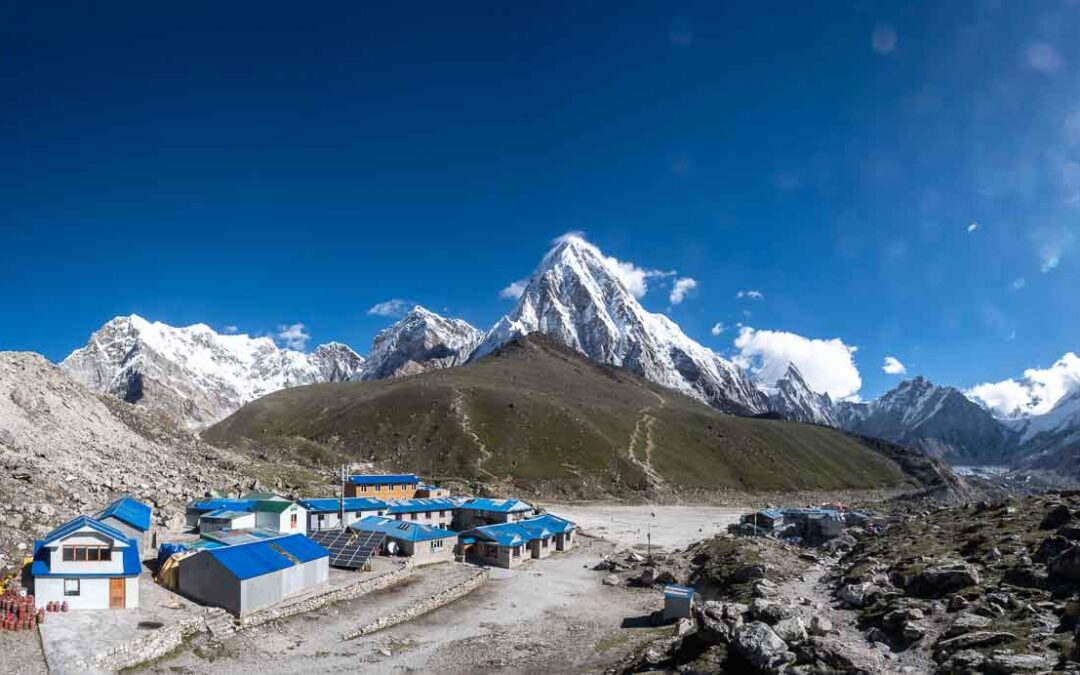
Best Trekking Company in Nepal- Best Trekking company
Discover Excellence in Adventure: Best Trekking Company in Nepal Nepal is home to some of the finest mountains, trails, and also the opportunity to get some time off the busy schedule. But it isn't easy to find the right trekking company for your journey. Talking...
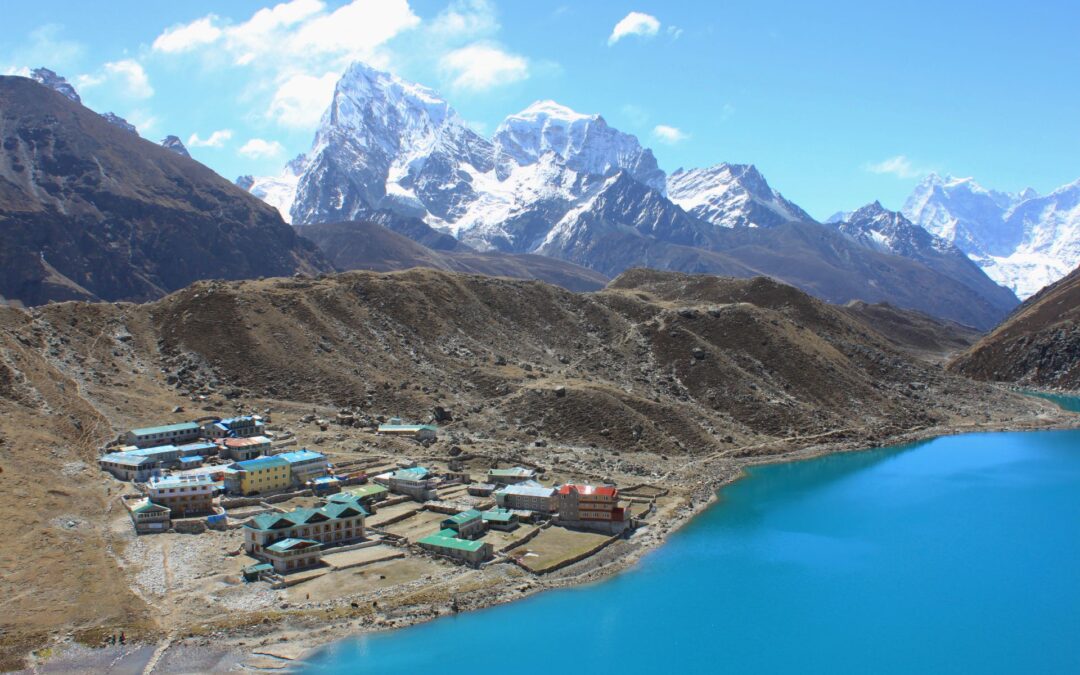
Gokyo Lake Trekking Nepal
Present in the Everest region, Gokyo Lake trekking has rolled many eyeballs in the recent times. Located in the Everest region you will be blessed with the picturesque view that comes along the way. The Gokyo Lake trekking is a blend of mountains, the lakes along with...
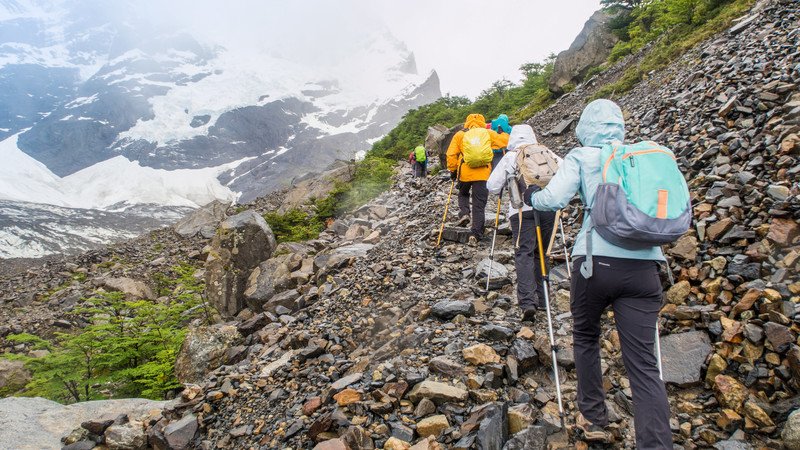
Is Nepal Dangerous For Tourists?
Understanding the Truth: Is Nepal Dangerous? There are plenty of countries in the world where tourists have found it hard on the safety and security count. But Nepal is different. Eventhough the rumor that is Nepal dangerous has flown around too much it is fair to say...
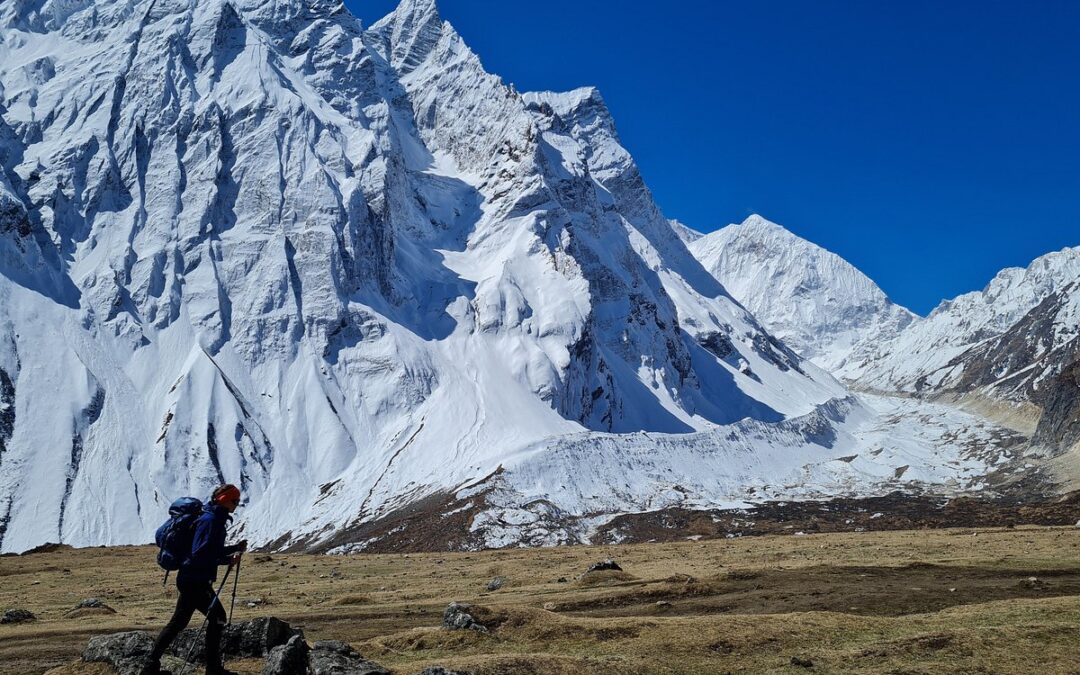
Solo Trekking Features and Advantages
The Hidden Features and Advantages of Solo Trekking Solo trekking can be both good and bad at the same time. With the advantages of longing higher, solo trekking to unknown locations can also bring security issues. Having said that solo trekking allows an individual...
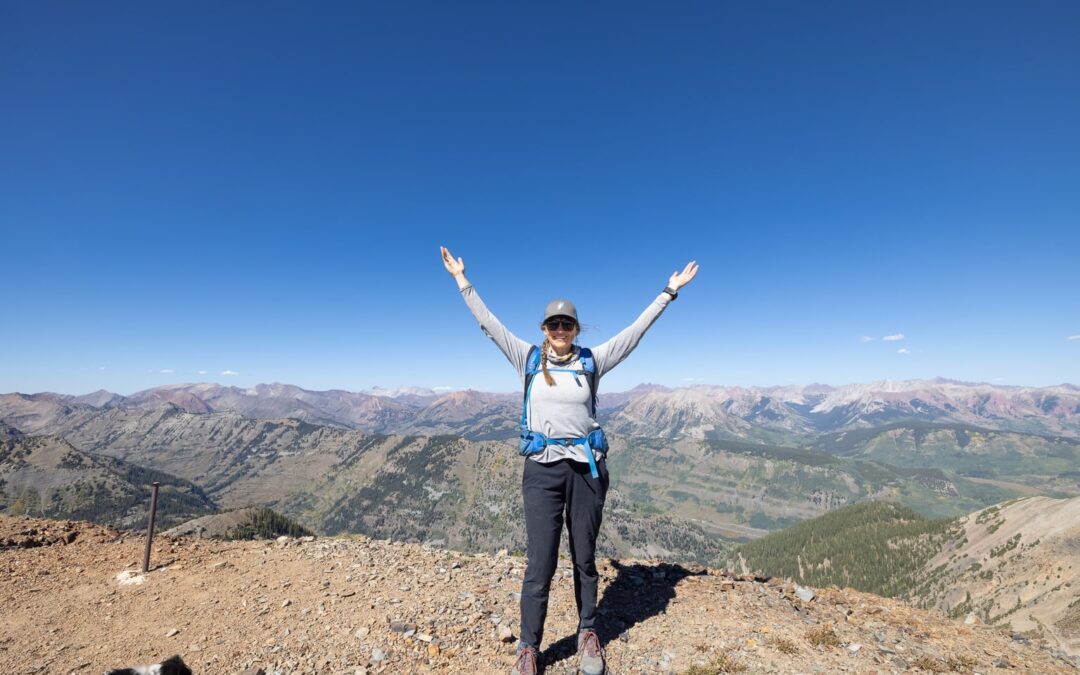
Choosing the Perfect Outfit for Trekking
Trekking in Nepal can be demanding and tough at the same time. To be safe and have a brilliant trekking experience great outfit plays a lead role. It is never easy to choose an outfit for trekking. You never know what could be useful in a new place. To kill that...
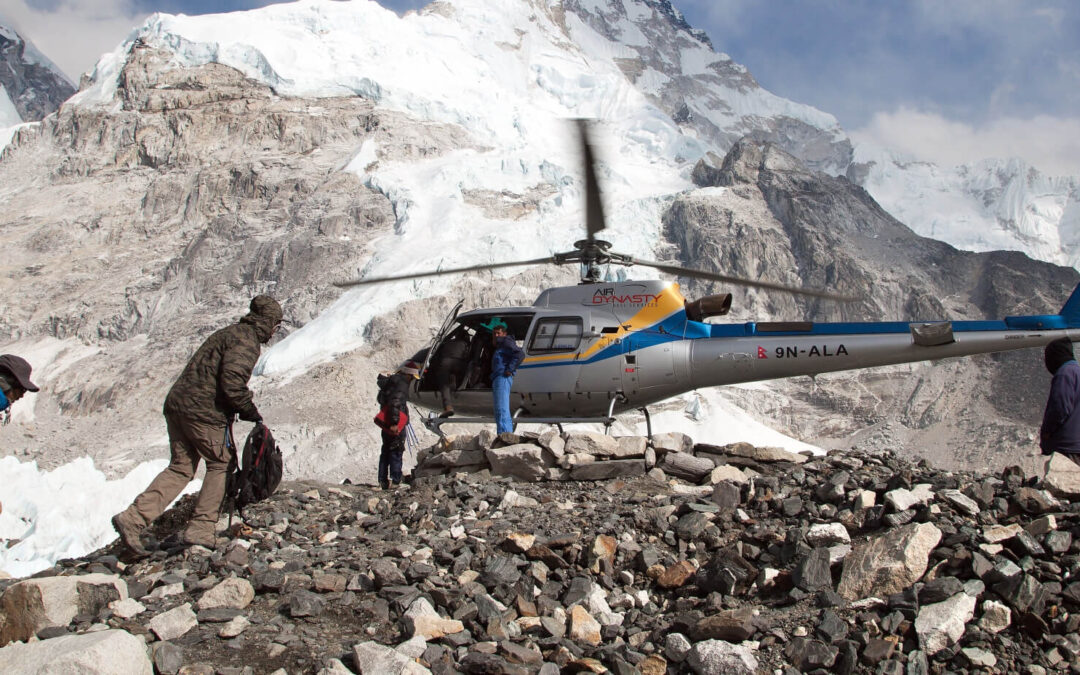
Top Reasons to Choose Helicopter Tours in Nepal
How beautiful would it be if you could scan all the tall mountains with a bird eye view? Yes, the helicopter tours in Nepal provide that exact opportunity. The Trek Nepal has been organizing these tours for a very long time. You get an opportunity to see the most...
